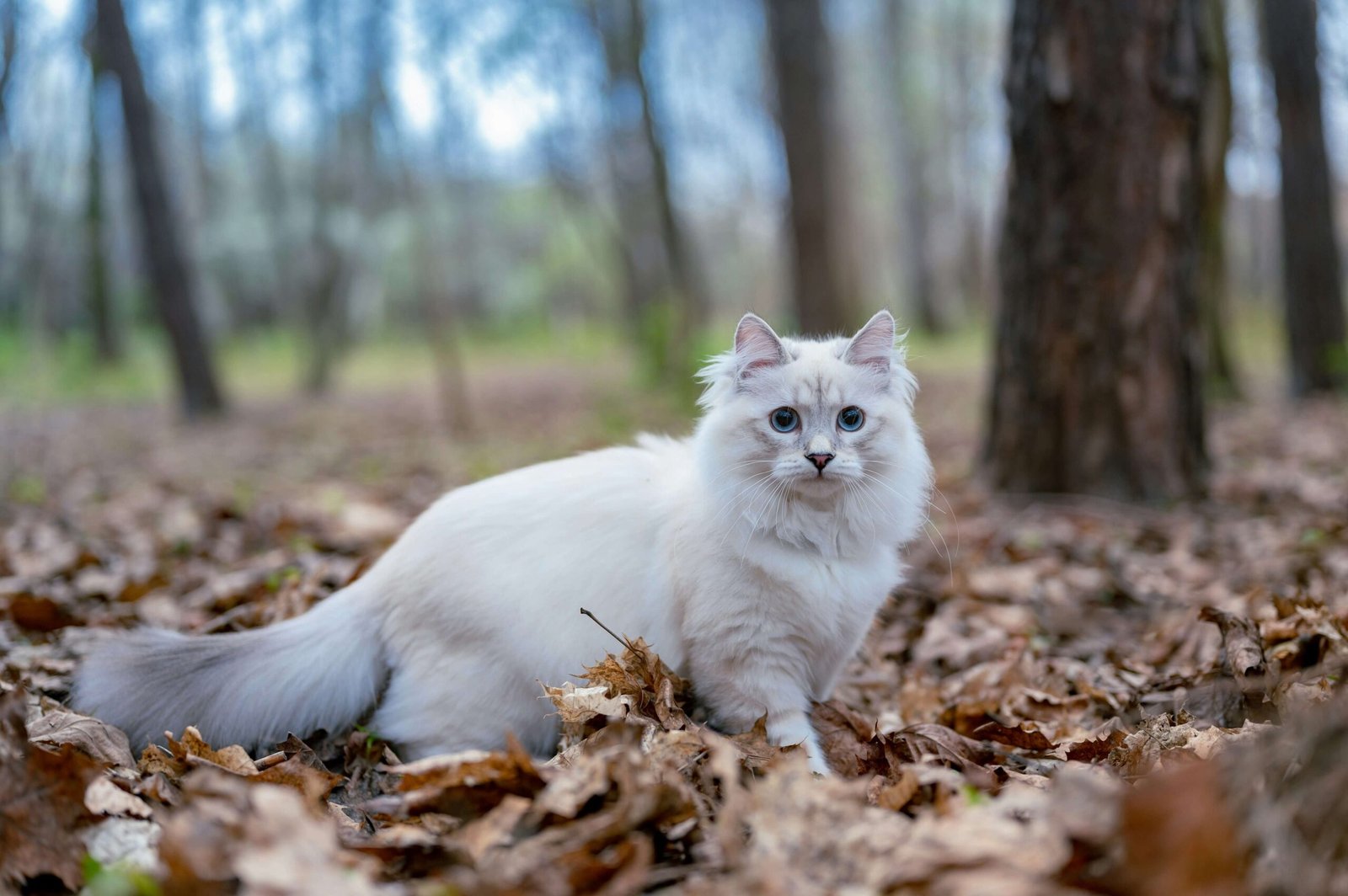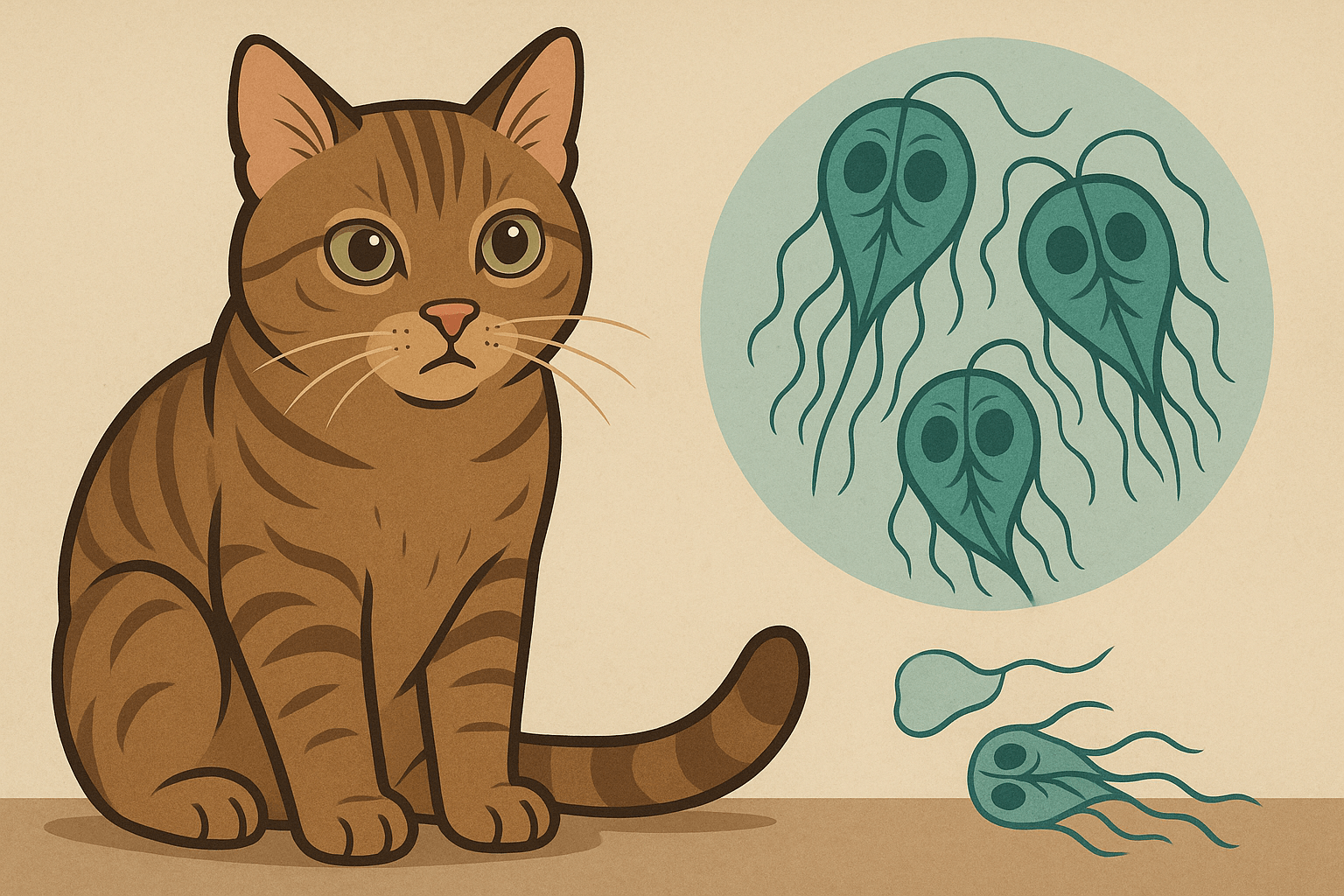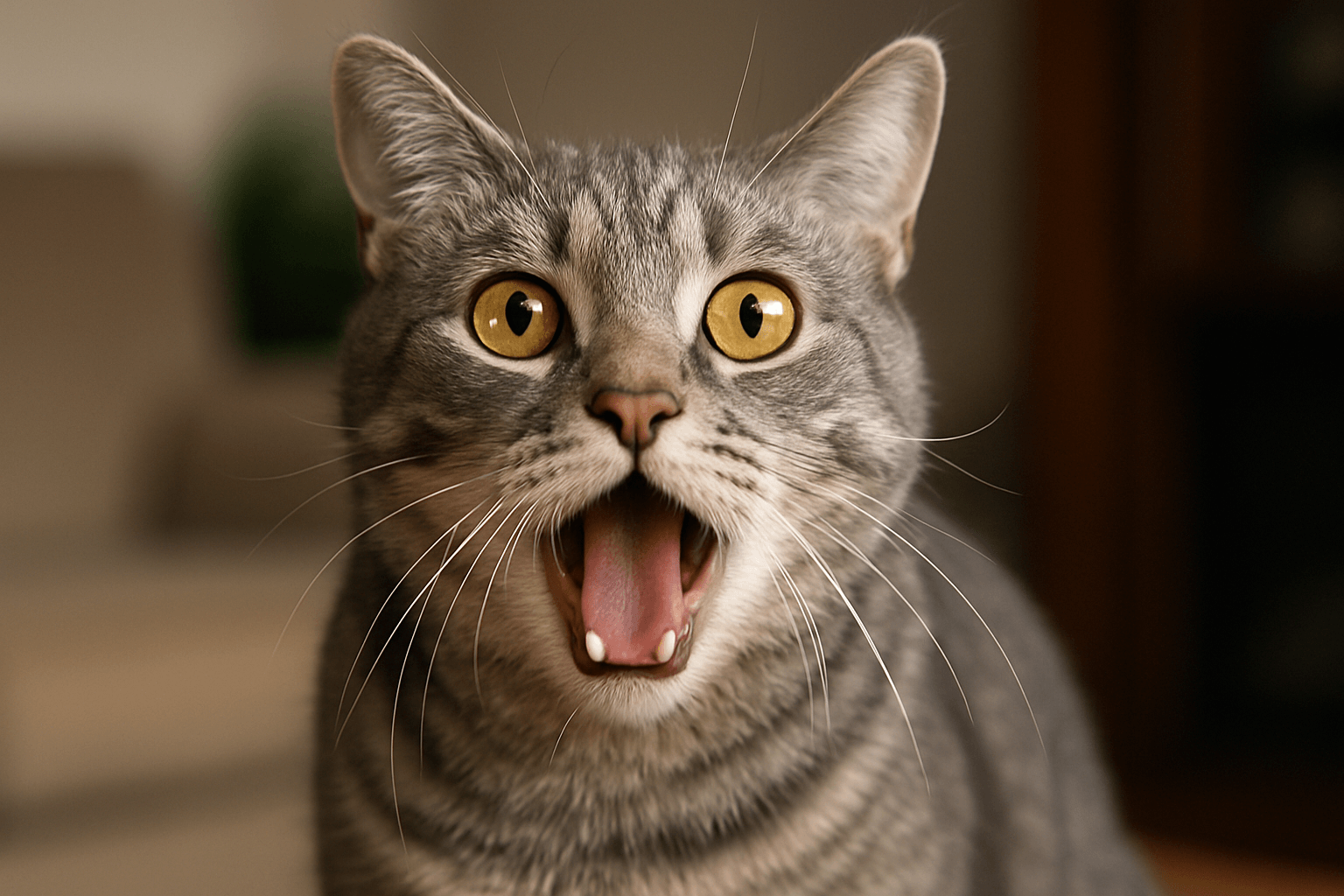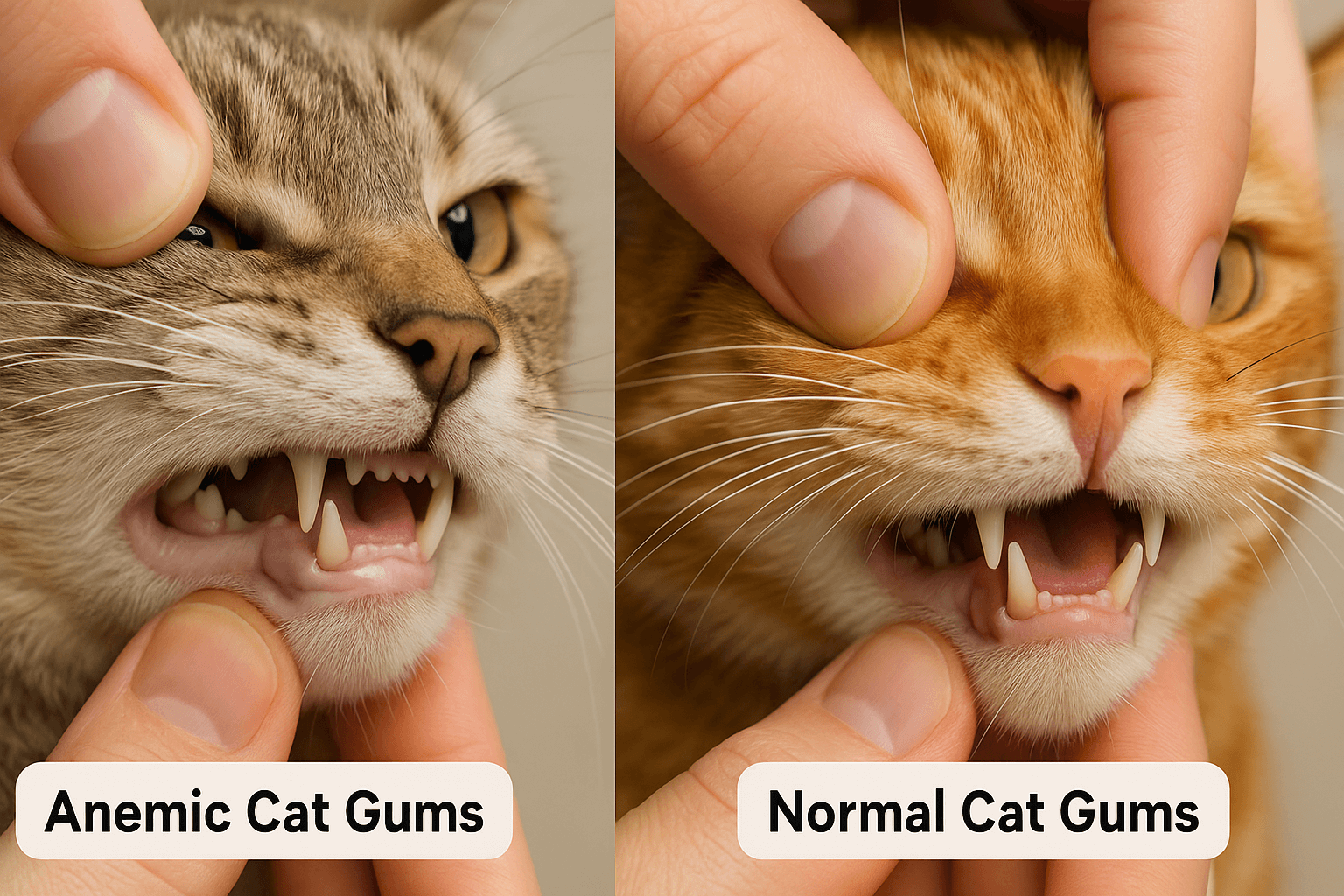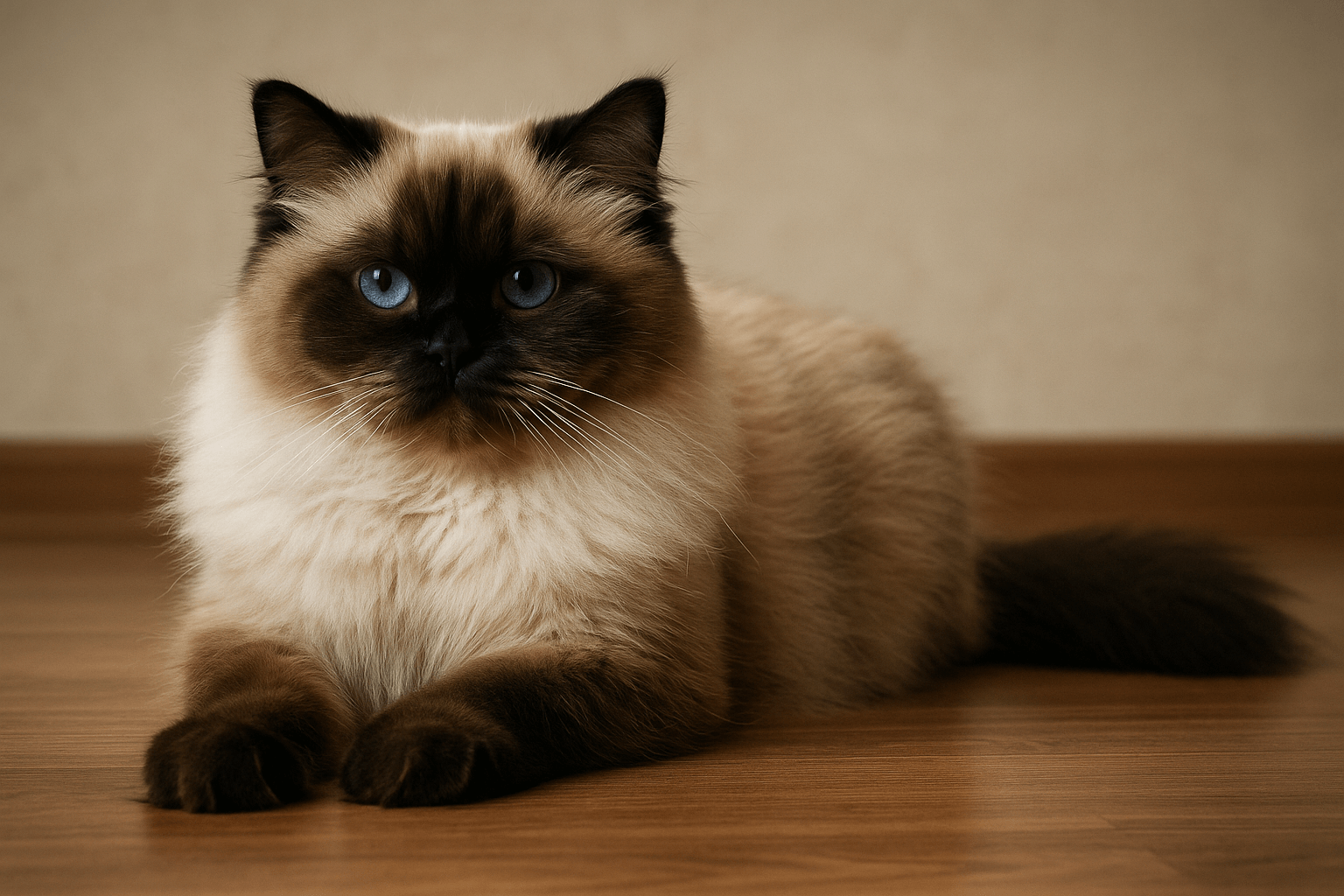Pale Cat Gums: What You Need to Know About Your Feline’s Health
A cat’s gums can reveal a lot about their overall health. While healthy gums are typically a soft pink color, pale gums in cats can be a sign of an underlying issue that requires attention. Whether it’s due to dehydration, anemia, or another medical condition, understanding what pale cat gums indicate is crucial for every cat owner. In this blog post, we’ll explore the potential causes of pale gums, how to identify them, and what steps you can take to ensure your feline friend stays healthy. By recognizing the signs early, you can address any concerns promptly and provide the best care for your beloved pet.
Common Causes of Pale Cat Gums
Pale gums in cats can stem from a variety of health issues, ranging from mild to severe. Identifying the root cause is essential for proper treatment. Here are some common reasons why your cat’s gums might appear pale:
Anemia
Anemia occurs when there’s a lack of red blood cells or hemoglobin, leading to reduced oxygen flow and pale gums.Dehydration
Insufficient water intake can cause gums to lose their natural pink hue and appear dry or pale.Shock or Trauma
Physical injuries or sudden trauma can lead to poor circulation, resulting in pale gums.Internal Bleeding
Conditions like ulcers or organ damage may cause internal bleeding, which can manifest as pale gums.Kidney or Liver Disease
These organs play a key role in maintaining circulation and blood health; dysfunction can lead to pale gums.
Understanding these causes can help you act quickly if you notice pale gums in your cat, ensuring they receive the care they need.
Signs That Accompany Pale Cat Gums
Pale gums are often accompanied by other symptoms that can provide clues about your cat’s condition. Recognizing these signs can help you assess the severity of the issue. Here’s what to look out for:
Lethargy
A noticeable decrease in energy levels or reluctance to move may indicate your cat is unwell.Loss of Appetite
Refusal to eat or drink is a common symptom associated with conditions causing pale gums.Rapid Breathing
Difficulty breathing or panting can signal circulatory or respiratory problems.Vomiting or Diarrhea
Digestive issues may point to dehydration or internal complications.Cold Extremities
Cool paws or ears could suggest poor circulation or shock.
If you observe any of these signs alongside pale gums, it’s important to monitor your cat closely and seek professional advice.
Check this guide 👉Healthy Cat Gums: Best 7 Health Tips!

Possible Causes of Pale Gums | Associated Symptoms |
|---|---|
Anemia | Weakness, lethargy |
Dehydration | Dry mouth, sunken eyes |
Shock or Trauma | Rapid breathing, cold extremities |
Internal Bleeding | Vomiting blood, weakness |
Kidney or Liver Disease | Loss of appetite, vomiting |
Steps to Take If You Notice Pale Cat Gums
If you discover that your cat has pale gums, prompt action is essential to ensure their well-being. Here’s what you should do:
Check for Immediate Danger
Assess whether your cat has suffered an injury or shows signs of distress.Hydrate Your Cat
Offer fresh water to rule out dehydration as the cause of pale gums.Monitor Behavior
Observe your cat’s activity level, eating habits, and overall demeanor for changes.Avoid Self-Diagnosis
While it’s tempting to assume the cause, only a vet can accurately diagnose the issue.Schedule a Vet Visit
Contact your veterinarian as soon as possible to discuss your cat’s symptoms and arrange an examination.
Taking these steps ensures your cat receives timely care and minimizes the risk of further complications.
Preventive Measures to Keep Your Cat’s Gums Healthy
Prevention is always better than cure when it comes to your cat’s health. By taking proactive steps, you can reduce the likelihood of pale gums and other health issues. Here are some preventive measures to consider:
Provide a Balanced Diet
Ensure your cat’s food contains essential nutrients to support their immune system and overall health.Encourage Hydration
Make water easily accessible and consider wet food to boost fluid intake.Regular Vet Check-Ups
Routine visits help catch potential health issues early before they escalate.Minimize Stress
Create a calm environment to prevent stress-related health problems.Monitor Dental Health
Regularly check your cat’s teeth and gums for signs of infection or inflammation.
By implementing these practices, you can help maintain your cat’s gum health and overall well-being.
Common Misconceptions About Pale Cat Gums
There are several misconceptions about pale cat gums that can lead to confusion or delayed action. Understanding the truth behind these myths can help you make informed decisions about your cat’s health. Here are some common misunderstandings:
Myth: Pale gums are always caused by dehydration.
While dehydration can cause pale gums, it’s not the only possible cause. Other conditions like anemia or internal bleeding may also be responsible.Myth: Pale gums are normal in older cats.
Age alone doesn’t cause pale gums; underlying health issues should always be investigated.Myth: Pale gums will resolve on their own.
Without proper treatment, pale gums often indicate a deeper problem that won’t improve without intervention.Myth: Only sickly cats develop pale gums.
Even healthy cats can experience pale gums due to sudden trauma or stress.Myth: Pale gums are not urgent.
Pale gums can sometimes signal life-threatening conditions, so they should never be ignored.
By dispelling these misconceptions, you’ll be better equipped to recognize when pale gums require immediate attention.
How Diet Affects Cat Gum Health
A cat’s diet plays a crucial role in maintaining healthy gums and overall well-being. Poor nutrition can lead to a variety of dental and systemic issues, including pale gums. Here’s how diet impacts gum health:
Lack of Essential Nutrients
Deficiencies in vitamins like B12 or iron can contribute to anemia, leading to pale gums.Dry vs. Wet Food
Wet food helps keep cats hydrated, reducing the risk of dehydration-related gum issues.Excessive Carbohydrates
High-carb diets can promote plaque buildup, increasing the risk of gum infections.Low-Quality Ingredients
Food with artificial additives or fillers may fail to provide the nutrients needed for optimal gum health.Allergies or Intolerances
Food sensitivities can cause inflammation, indirectly affecting gum color and condition.
Providing a balanced, high-quality diet is one of the simplest ways to support your cat’s gum health and prevent complications.
Signs Your Cat May Be Experiencing Pain Alongside Pale Gums
Pale gums often accompany other symptoms that indicate your cat may be in pain or discomfort. Recognizing these signs can help you determine whether your cat needs urgent care. Here’s what to watch for:
Hiding Behavior
Cats in pain often retreat to secluded areas to avoid interaction.Aggression or Irritability
Uncharacteristic aggression may signal physical discomfort.Excessive Grooming
Over-grooming certain areas could indicate localized pain or irritation.Changes in Posture
Hunched posture or reluctance to lie down may suggest abdominal pain.Vocalization
Increased meowing, growling, or crying can point to distress or discomfort.
If you notice these signs alongside pale gums, it’s crucial to consult a veterinarian promptly to address any underlying issues and alleviate your cat’s suffering.
Frequently Asked Questions About Pale Cat Gums
Are pale gums always a sign of something serious?
Not always, but they can indicate underlying health issues, so it’s best to consult a vet.
Can dehydration cause pale gums?
Yes, dehydration is a common cause of pale gums in cats.
How can I tell if my cat is anemic?
Signs include pale gums, lethargy, and weakness; a vet can confirm with blood tests.
Is it normal for a cat’s gums to change color occasionally?
Slight variations may occur, but persistent paleness warrants attention.
What should I do if my cat’s gums turn white?
Seek immediate veterinary care, as this could indicate a serious condition.
Final Thoughts: Staying Vigilant About Your Cat’s Gum Health
Pale cat gums are more than just a cosmetic concern—they’re a potential indicator of underlying health issues that require your attention. By staying informed and observant, you can detect problems early and take steps to ensure your cat remains happy and healthy. Remember, your veterinarian is your best ally in diagnosing and treating any conditions affecting your feline companion. With regular care and vigilance, you can help your cat enjoy a long, vibrant life. After all, their well-being is a reflection of the love and dedication you provide as a responsible pet owner.
Giardia in Cats: Best 7 Expert Tips! Discover expert advice on identifying, treating, and preventing giardia in cats to ensure your feline stays happy and healthy.
Cat Hyperventilating: Best 7 Expert Tips! Discover signs, causes, and solutions for cat hyperventilation. Learn how to calm your cat and when to seek veterinary care for their breathing issues.
Anemic Cat Gums vs Normal: Best 7 Expert Tips! Learn to spot signs of anemia in cats, understand gum health, and ensure your feline stays happy and healthy with expert advice.
Himalayan Cat Size: Best 7 Expert Tips! Discover expert advice on Himalayan cat size, growth factors, care tips, and how to ensure your feline stays healthy and happy.

